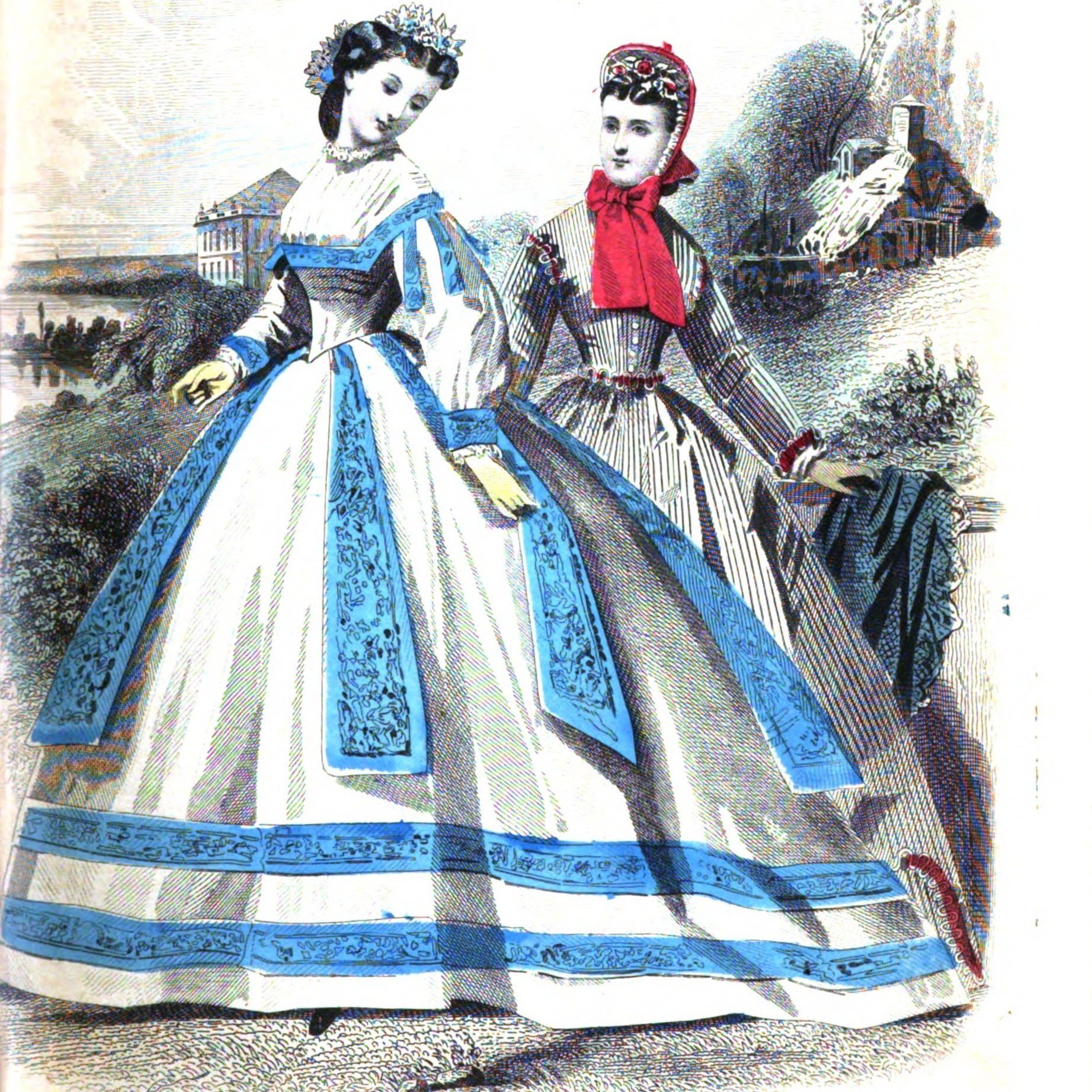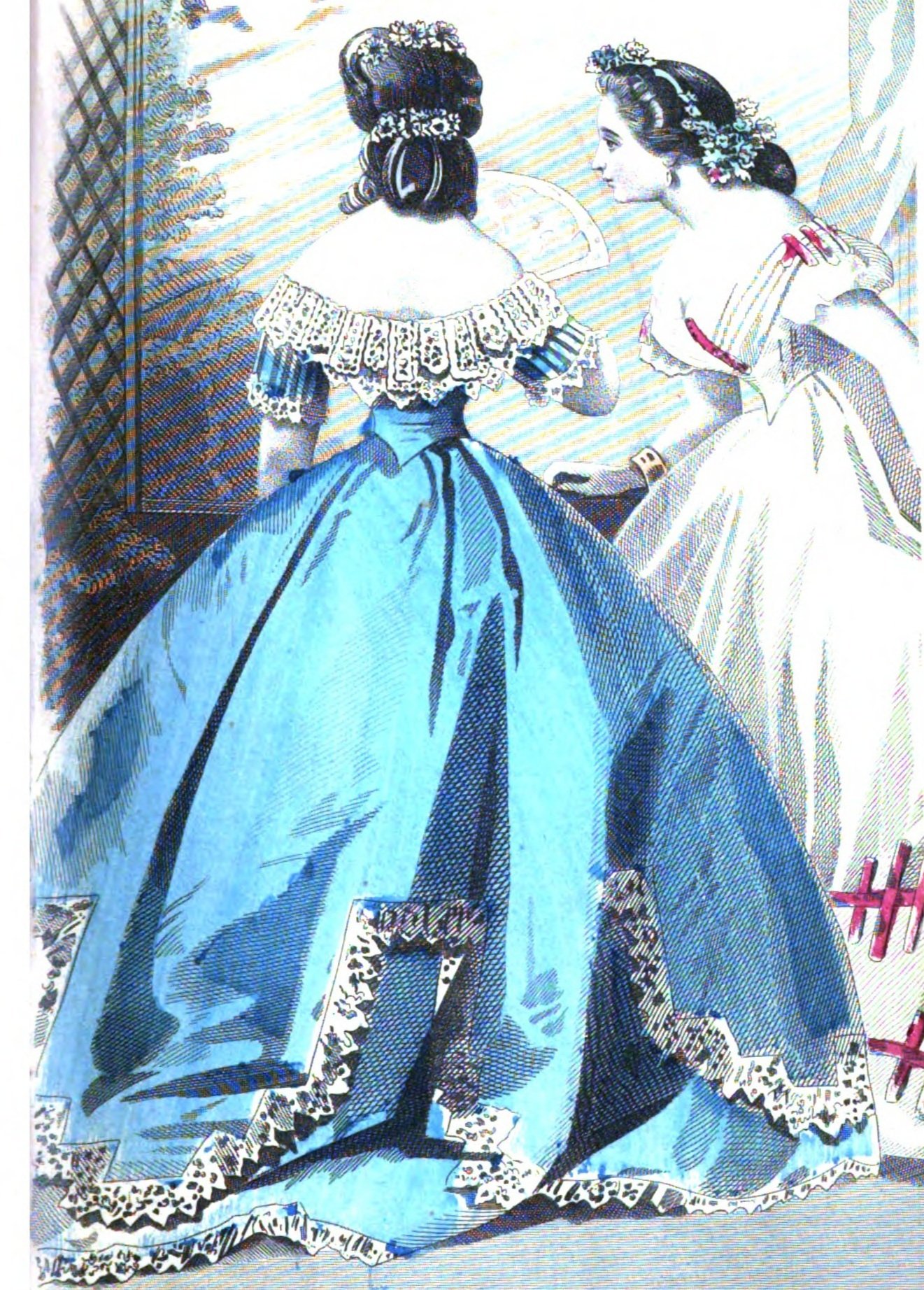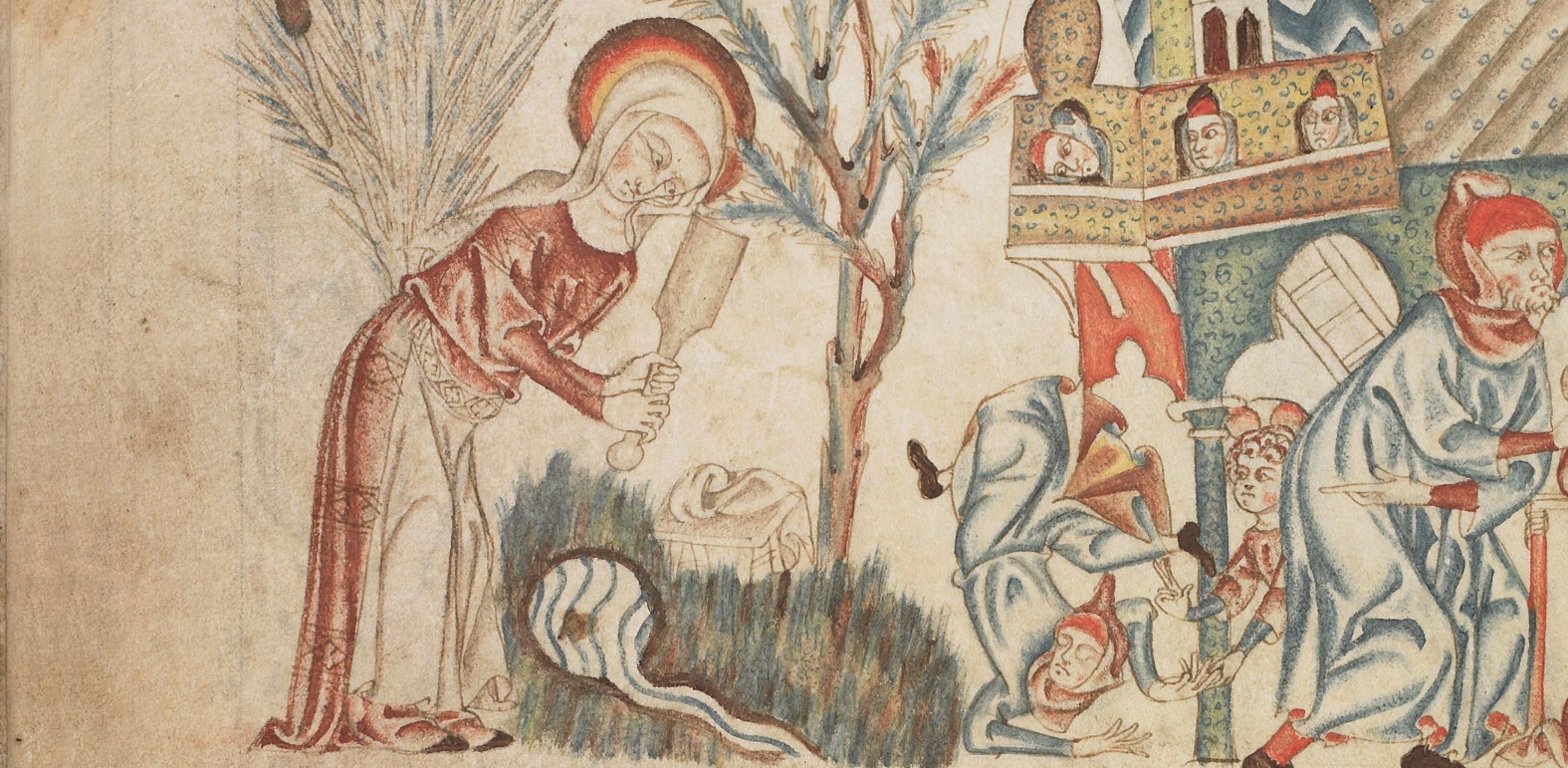Why Victorian etiquette about dresses is so ridiculous
Why Victorian etiquette about dresses is so ridiculous
The Victorians etiquette was complicated, right? Victorian etiquette rules meant the wrong dress was social death? Let's bust some Victorian dress myths, see why we think the Victorians changed clothes 10 times a day, and talk about why Victorian era rules of etiquette seemed so riduculous.
“Somewhere, there is a 19th century magazine talking about a dress that will suit you just as well for paying calls as for a dinner party in exactly the tone that modern magazines talk about outfits ‘going from day to night’. ”
We think that a Victorian gown was only for one occasion : a ball gown, a tea gown, an opera gown, et c. Victorian etiquette rules for ladies did require different styles of Victorian clothing for different social events, but Victorian era rules about clothing were not as hard and fast as we think. I read more than one Victorian era etiquette guide to learn about Victorian social rules for what to wear, and discovered that this particular bit of weird Victorian history has been confused by confirmation bias!
So what do I wear?
Turns out, a Victorian ball gown was not that different from any other kind of Victorian evening gown, and Victorian clothing could easily be worn for multiple kinds of social occasions. It's a combination of classism and modern misunderstanding that makes us think Victorian manners dictated how you could dress so strictly, and made us think the Victorians changed clothes so often. I hope this bit of Victorian dress history makes more sense now, and that we can consider these Victorian myths busted. If you’re interested in the full source list including magazine references and etiquette books, you can find that on my Patreon.
-
[operatic instrumental music]
[Evening Dress V] "Oh . . . oh my gosh! What are you wearing?!"
[Dinner dress V] "Oh, d'you like it?"
[Evening dress V] "This is the opera, you're wearing a dinner dress that looks like you bought it in a shop!"
[Dinner dress V, meekly] "Well, I thought since it wasn't a ball—"
[Evening Dress V, snapping fan shut] "I can't be seen with you. You can't sit with us."
So you need a dress for an event in the Victorian era. Maybe you known the date, and the location. You know the social occasion. But the author of the book you're inspired by has neglected to tell you the details of how anyone is dressed, either because they're a present-day author and left the details vague to avoid mistakes, or because they're an actual 19th century author and didn't feel like they needed to describe what clothes looked like eleven years ago. How on earth do you figure out what you're supposed to wear?
Hi! I'm V, and thanks to being a historical dressmaker, I spend way too much time pondering questions like this. I'm trying to design a new dress for myself based on a Victorian era novel, and . . . I'm confused.
I will freely admit, this is me trying to make a video out of a really lengthy research process. The Victorians etiquette about clothes is known for being complicated, which is why we think they changed clothes 10 times a day. How do you tell the difference between a dinner dress and an opera dress? A morning gown and a tea gown? And why do we usually only think of daytime or working dresses and "ball gowns" for wearing to balls?
(If you are also curious about these things, subscribe, because nerding out about fashion history is what we do here.)
Side note : In America, 1860s fashion is automatically associated with the American Civil War, Civil War reenactments, and the sort of "enslavercore" nonsense glorified by Gone With The Wind that makes people think it's okay to go to plantations to play dress-up. While it would be incorrect to say that this dress would involve no exploitation if worn by an English character in England— there were and still are huge amounts of exploitation and colonization baked into the textile industry at every level— it is the bare minimum for me to acknowledge that wearing this dress in certain contexts and settings would be deeply disrespectful, and to avoid doing so at all costs. If you are coming here to make a dress for that sort of Gone With The Wind enslavercore fantasy : STAY THE FROCK AWAY. My videos are not for you.
Why do we think of all Victorian evening dresses as ballgowns? Balls were some of the most exciting occasions, but certainly not the only option. Victorian "evening" social events varied hugely, just like present-day ones, from the casual to the formal. Dinner parties could either be as relaxed as dinner at home, or intense and stately affairs. The "evening call" was literally just "some friends dropped by", although depending on your social circle and reputation that could be two friends or twenty. The "sociable" was an informal party, and might involve reading stories out loud, playing charades or acting scenes from plays, or rehearsing music. The "soiree" was a formal party, like a ball without dancing, and could include more professional musical performances. Balls, of course, did happen : Either private balls hosted at someone's house, or "public" balls, like the one at the beginning of Pride and Prejudice that's held in the local "assembly rooms". And beyond all these, going to plays, concerts, and the opera are all occasions that Victorian etiquette books are happy to tell you how you should dress for.
There were 3 general categories of dresses in 19th-century Western fashion : Morning or "home", afternoon, and variations on evening dress. In some cases these are referred to as "undress" "half-dress" and "full-dress", which has nothing to do with being un-clothed, and instead refers to the level of formality someone is dressed for. Think of it as corresponding to modern-day "casual" "semiformal" and "formal". Day dresses called for long sleeves and higher necklines, originally for sun protection in the days before SPF. Evening dresses could have short sleeves and very low necklines. These rules seem to originate from 1800-1820, often called the Regency period of fashion. Between 1800 and 1810 we start to see more and more variation in the sleeves and necklines, which prior to the 1770s or so were fairly static, down to nearly-universal elbow-length sleeves. Then we got long sleeves vs short sleeves, and lower vs higher necklines, with rules developing about what was appropriate for what time of day. Throughout the 19th century, the rules became more and more complicated as dresses became more and more varied. As it happens, this coincides with the industrial revolution, increasing upwards mobility for the lower and middle classes, more people moving into cities . . . coincidence? I think not!
Why so many rules? Why so complicated? Spoiler alert : it's classism. Even prior to the industrial revolution, the upper classes had distinguished between themselves and everyone else through complicated codes of etiquette, including how they dressed. The industrial revolution increased upwards mobility— but those who already had upper-class or even middle-class status now found it very important to nail down their position on the social ladder for fear of all the new people climbing up. With so many more people living in cities and socializing more widely, and so many more rungs between "the high" and "the low", the social hierarchy and etiquette that established it became more and more rigid and important. As dresses varied more, the rules got more complicated as a snobbish way of weeding out who could and couldn't keep up. Most working-class people would have neither reasons nor resources to follow the more complex rules of how to dress. They would be more likely to think of things in terms of their "best dress", whatever was made of the nicest fabric with the most decoration— hence the phrase "Sunday Best" as opposed to their everyday clothes for doing work.
So, to figure out all of these extremely complicated rules that definitely would apply in a place like an English baronet's drawing room, I consulted etiquette manuals and fashion magazines from the 1860s and 70s. "The Ladies' Book of Etiquette and Manual of Politeness" by Florence Hartley from 1872 and "The Art of Dressing Well" by Sarah Annie Frost, published in 1870, were both useful for figuring out the social rules, and I flipped through several years worth of Godey's Ladies Book and Peterson's Magazine looking at the fashion plates and their captions. These are all from the UK and US because I don't speak any languages other than English— yes, this is a terrible deficiency and one day when I have any time at all it will be remedied. If you want my full source list with all of my notes, that's available on my Patreon.
Going back to our general understanding from earlier : Day dresses had long sleeves and high necklines, evening dresses had short sleeves and low necklines, "afternoon" or semiformal dresses were somewhere in between. Looking through the fashion plates, though, there are things called "evening" dresses" with high necks and long sleeves as well dinner dresses with low necks and short sleeves. Also, the descriptions don't always correspond with the caption on the fashion plate. Either these magazines contain a lot of errors, or the rules were certainly not hard and fast! It probably seems complicated to us because we expect hard-and-fast rules, when magazines didn't even agree with themselves a lot of the time.
But, if you change your mindset a little, it starts to make sense again. When we look at dresses to wear for a night out, are we thinking as rigidly as we imagine the Victorians did? Heck no! If something's broadly appropriate, we'll consider it. So as well as classism, it's misinterpretation making us think there was a defined, specific, different type of dress for every single occasion and you would always have to change clothes in between. We present-day people look at the phrases "dinner dress" and "visiting dress" and "afternoon dress" and assume that means they are all completely separate and distinct, when in reality they could very well be the exact same dress. Also— and here's where it really clicked for me— in the 19th century, the word "dress" didn't mean "a garment that covers the whole body and has a skirt". "Dress" didn't mean the piece of clothing, it meant "how you were dressed" or "outfit" or even just "clothes". The phrase "evening dress" could also be applied to a masculine outfit for the same event. Saying "dinner dress" didn't mean "this is a specific type of dress that is only for wearing to dinner"; the phrase "dinner dress" meant "here are some clothes you could wear to dinner". It was the social occasions that were different, and dresses might be suitable for multiple ones. If you were dressing yourself on a budget, you might only have one full-formal dress that would have to do for balls, soirees, very formal dinner parties, and anything else where you had to dress all the way up. You might have a few "nice" dresses with long sleeves and either high or moderately low necklines, which you'd wear for visiting and dinner and informal parties . . . and several more ordinary, plainer dresses for housework and days when you were doing nothing special. You didn't need a specific different dress to go to your friend's house in the afternoon vs in the evening. I am sure, somewhere, there is a 19th century magazine talking about a dress that will suit you just as well for paying calls as for a dinner party in exactly the tone that modern magazines talk about outfits "going from day to night".
So, what does one wear to perform opera in a baronet's London drawing room in 1865, when your friends insisted your favorite black wool dress wouldn't do, and someone who really wants you to look good is paying for it? First, what level of formality was giving a house concert? Full formal, like balls and the opera? Semiformal like plays, concert halls, dinner parties? The answer seems to depend on how many guests would be there, although specific numbers aren't given. Since the performance is scheduled professional entertainment, rather than impromptu playing by guests, it looks like this would be considered a "soiree" or a proper party. Which means it is a fully formal occasion and the appropriate dress will be very similar, if not identical, to a ballgown. If I wanted to take some liberty and say that our singer will be dressing less formally than the guests, I could perhaps make her a semiformal "dinner dress", with a lower neckline and long sleeves? But, given our singer's entire future hinges on her making a good impression on her audience, I doubt she'd be allowed to dress down, certainly not by the friends buying her dress for her. So, we're looking at a low-necked, off-the-shoulder bodice, with a "Bertha" or decoration around the neckline. Around 1865 bodices could have a straight or a pointed bottom edge. I'm going to make this one pointed, because I like it better.The skirt is a little more complicated. For reasons relating to my own costuming wardrobe needs, this skirt needs to work for both a round bell shape, and the proto-bustle silhouette of 1865. I have a variety of ideas for how to manage that, but those will have to wait until a future video where I actually make this dress!
If you haven't guessed the novel and character yet . . . that's fine! I am actually not a huge 19th century literature person, although it is growing on me— I read this book because it centers on Jewish characters. I'm aiming for the year 1865 and following English fashions because that's when and where the novel Daniel Deronda takes place, and I want to make an outfit for one of the main characters, Jewish opera singer Mirah Lapidoth, when she performs at a party so she can be introduced to Daniel's circle of upper-class friends. There may or may not be opera singing involved in the reveal. Certain concessions will also
have to be made for the fact that I'm a blue-eyed ginger and Mirah has dark hair and eyes, so I've chosen fabric for my coloring rather than hers. The alternative was to stop dyeing my hair, and, I'm not doing that.
And as far as why Victorian dress etiquette seems so ridiculous and complicated to us? That's because we EXPECT it to be ridiculous and complicated, and that's what we're looking for when we read about it. It's confirmation bias. While I won't deny that 19th century society was extremely different from ours, 19th century people were still people with the same needs in their lives as us— if you find that hard to believe, reading George Eliot's wonderfully relatable descriptions of such things as "getting up on the wrong side of the bed" might fix that. So here's how I'll be thinking about it : I wouldn't wear a t-shirt and jeans to a cocktail party, I'd wear a nice dress. But I could wear that same dress to go out dancing or to a concert. A 19th century person planning their outfits would be thinking just the same way! The clothes may be different, but the attitude is not.
I may not have found the hard-and-fast bit of dress etiquette I was expecting to find when I started researching . . . but I'm a lot less confused, and I hope you are too! Over the next few months, I'll be putting together all the pieces of this dress starting with an alternative to a hoopskirt, and then the dress itself. Make sure you've subscribed and ring the notification bell so you don't miss those videos, leave a like while you're at it, and tell me in the comments about the weirdest thing you've heard about Victorian etiquette. Assuming I don't get murdered by petticoats, I'll see you again soon. Bye~





